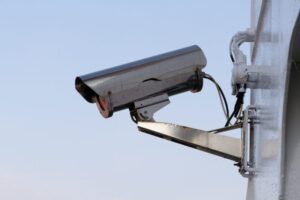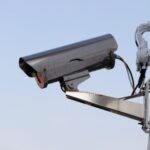The Biometrics and Surveillance Camera Commissioner is trying to get a more complete sense of the state of facial recognition technology in the UK. To that end, Commissioner Fraser Sampson has initiated a survey of the country’s law enforcement agencies, asking them to provide a complete account of their current use of automated identification systems.

The survey has been sent out to the Ministry of Defence, the British Transport Police, and the Civil Nuclear Constabulary, in addition to the heads of all 43 of the regional police departments in England and Wales. Sampson is particularly interested in cameras that have been deployed in public places, but is ultimately concerned with any law enforcement use of facial recognition.
With that in mind, the departments that are responding to the survey will be asked to catalogue any cameras that have been mounted in public settings, as well as police body cameras and any cameras mounted on drones and other flying vehicles, as long as those cameras have automated identification capabilities. Sampson has indicated that cameras that are used for license plate recognition should also be included in that tally.
However, Sampson’s survey goes well beyond mere utility. The Commissioner wants to know exactly whose technology police departments are using in their surveillance systems, where it comes from, and whether or not those technology providers have been flagged for any ethical or security concerns (as is the case with Hikvision). Sampson wants to ensure that the government’s partners are trustworthy, and deliver products that meet the new Surveillance Camera Code that went into effect in January. Law enforcement agencies will need to describe their due diligence when selecting technology providers.
Agencies that are not using facial recognition must state whether they plan to do so in the future. Those that are must indicate whether they are applying the technology retrospectively, or whether they are trying to identify people in real time.
“The police use of surveillance camera systems in the public sphere has been increasing in recent years,” said Sampson. “This survey will provide an important snapshot of what kinds of overt surveillance camera systems police are using, what they are being used for, and the extent to which facial recognition technology is now being used.”
Sampson has argued that the police should have access to facial recognition tech, though he has also said that the use of that tech should be limited, and proportionate to the need. The former Surveillance Camera Commissioner conducted similar surveys in 2017 and 2019.
–
July 1, 2022 – by Eric Weiss








Follow Us